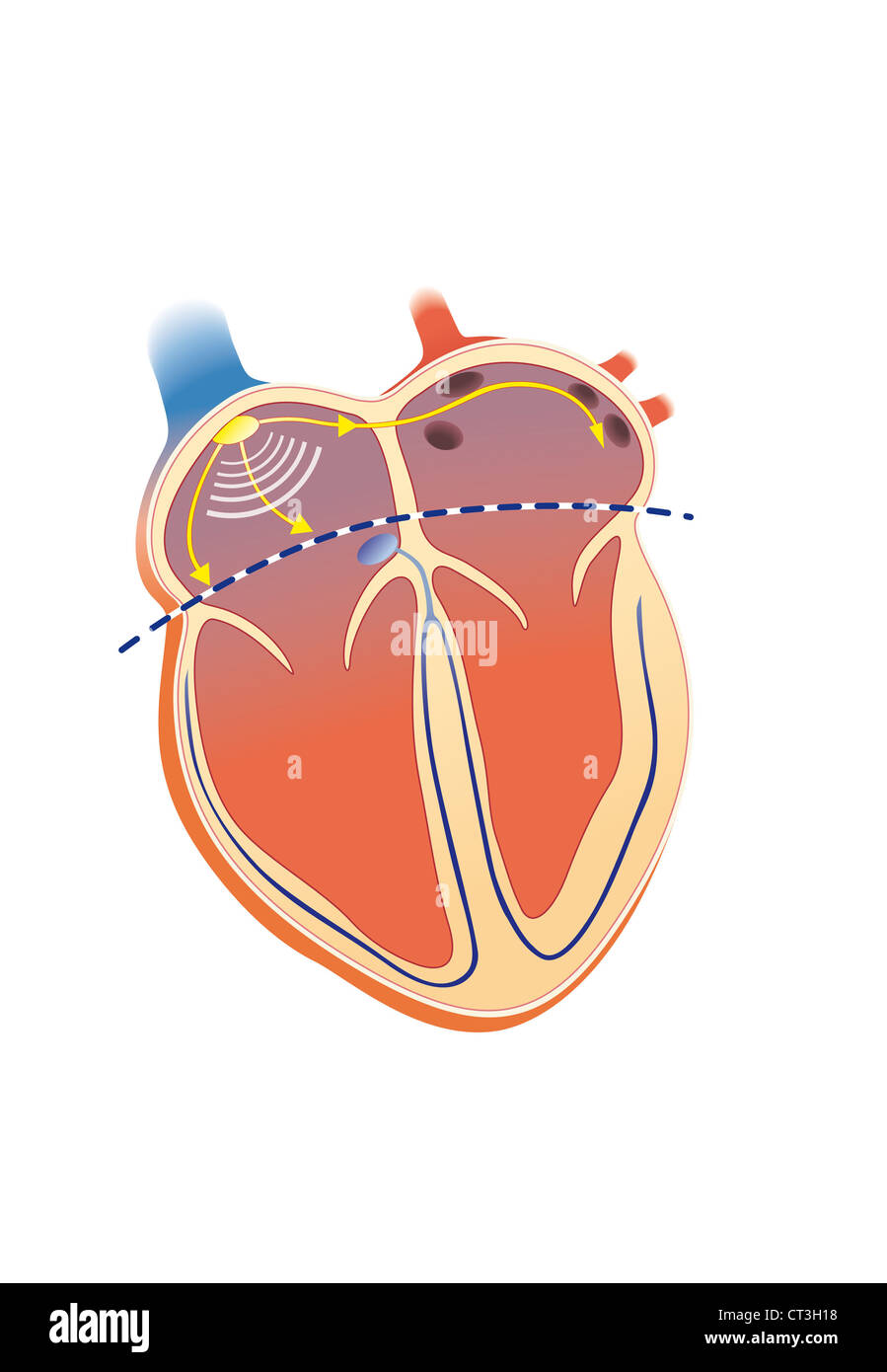

In consequence, catheter ablation is the treatment of first choice for symptomatic AVNRT and treated patients are normally discharged without regular follow-up or specific recommendations.

In contrast, drug efficacy is in the range of 30 to 50% 9. Risk of acute complications like complete AV block is very low 6 and recurrence rates are approximately 3% to 7% 7, 8. Hereby, the preferred technique is SP ablation using radiofrequency (RF) 4, 5. Catheter ablation of the slow pathway (SP) has evolved as the treatment of choice over long-term pharmacologic therapy for symptomatic AVNRT 3. Usually young adults without structural or ischemic heart disease are affected, and more than 60% of cases are observed in women 2. The unexpectedly high incidence of new-onset AF (11.9%) may impact long-term follow-up and requires further clinical attention.Ītrioventricular nodal reentrant tachycardia (AVNRT) is the most common type of paroxysmal supraventricular tachycardia 1. The present long-term observational study after successful SP ablation of AVNRT confirms its clinical value reflected by low recurrence and complication rates. New-onset atrial fibrillation (AF) was documented in 39 patients (11.9%) during follow-up. Recurrence of AVNRT was documented in 9 patients (2.7%), among those 7 patients underwent a successful repeat ablation procedure. During the electrophysiological study, sustained 1:1 slow AV nodal pathway conduction was eliminated in all patients. Clinical information was obtained from 329 patients (61.6%) who constitute the final study cohort. Data were collected by completing a questionnaire and/or contacting patients. During a mean follow-up of 15.5 years, 101 (18.9%) patients died unrelated to the procedure or any arrhythmia. In this study, 534 consecutive patients with AVNRT, who underwent SP ablation between 19 were included.

ATRIOVENTRICULAR NODAL BLOCK DURING ATRIAL FLUTTER ABLATION FREE
The aim of this study was to assess long-term outcome and arrhythmia free survival after SP ablation. However, long-term outcome data are scarce. Slow pathway (SP) ablation is the treatment of choice with a high acute success rate and a negligible periprocedural risk. Atrioventricular nodal reentrant tachycardia (AVNRT) is the most common type of supraventricular tachycardia.


 0 kommentar(er)
0 kommentar(er)
